Sustainability and artificial intelligence dominate our seventh annual round-up of exciting innovations. Self-driving laboratories, advanced immunoth
Sustainability and artificial intelligence dominate our seventh annual round-up of exciting innovations. Self-driving laboratories, advanced immunotherapies, sustainable architecture, cancer therapies and bioremediation to photonic computing, here are five technologies that Nature will be keeping its eye on this year.

‘Self-driving’ laboratories
Last year, an international team announced a raft of promising materials for use in organic solid-state lasers. That’s an important step towards lower-cost, energy-efficient electronics and much of the work was performed by a network of five artificial intelligence (AI)-guided robotic laboratories spanning three continents. Alan Aspuru-Guzik, a computational chemist at the University of Toronto in Canada and one of the study’s lead authors, says the project was designed to showcase the power of ‘self-driving’ labs in tackling a useful but challenging class of materials. “At the time we started, in 2017, there were only about ten published organic laser compounds,” he says. In the end, “We found 21 best-in-class materials”, reported Nature.com
The concept of closed-loop automated chemistry, in which computers direct a robotic ‘experimenter’ while adapting to the results of the experiments, dates at least to the 1970s. But today’s self-driving labs are much more sophisticated, coupling modern robotics with AI algorithms that can plan and interpret complex, high-throughput workflows.
Such tools can greatly broaden the horizons of chemistry and materials research, says Jie Xu, a materials scientist at Argonne National Laboratory in Lemont, Illinois. “Chemical space is just like a universe, but we’re only looking at one galaxy,” she explains. “AI can help us to explore regions other than the region that we are comfortable with”, reported Nature.com.
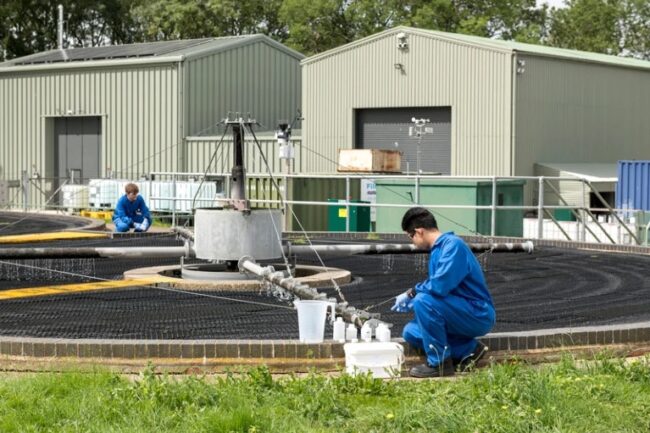
Big opportunities for CAR T cells
Chimeric antigen receptor (CAR) T cells are a standard treatment for many blood cancers. In the seven years since the therapy entered the clinic, tens of thousands of people worldwide have received it. To make the treatment, a person’s T cells are genetically reprogrammed to express an engineered protein that recognizes and elicits a potent immune response against tumour cells. For certain types of leukaemia, lymphoma and myeloma, the clinical benefits can be profound: for some cancers, more than 50% of recipients achieve complete remission, reported Nature.com.
All of the approved CARs target proteins expressed by antibody-secreting B cells, which are the main driver of many blood cancers, but the past few years have seen considerable progress in CARs directed at solid tumours, too. Researchers led by Marcela Maus, an oncologist at Massachusetts General Hospital in Boston, for instance, have engineered T cells that target certain brain tumours. Last year, the team showed that these cells can shrink recurrent glioblastoma tumours quickly, although the durability of the response varied. Other studies have demonstrated promising results in paediatric brain cancers and gastrointestinal tumours, and Maus thinks that the approach could prove broadly applicable if researchers can identify appropriate tumour-specific targets.
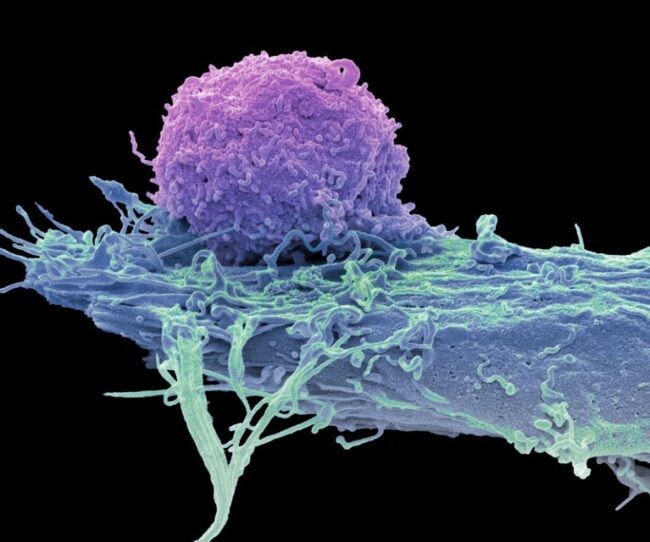
Bioremediation technologies
“Life, uh, finds a way,” actor Jeff Goldblum observed in the 1993 science-fiction film Jurassic Park. This is certainly true in the microbial world, where organisms thrive in the most inhospitable of environments and consume the unlikeliest foods, including plastic.
Plastics degrade over time into environmentally damaging and toxic microplastic particles, and some bacteria are adapting to not only tolerate these materials, but to use them, says Ronan McCarthy, a microbiologist at Brunel University of London. His team is one of many looking to use these microorganisms to stem future microplastic pollution, reported Nature.com.
It’s an attractive idea: one report estimates that investment in such microbial ‘bioremediation’ strategies could grow by more than US$8 billion between 2023 and 2028 (see go.nature.com/42cweuj).
Many naturally occurring enzymes can break down plastics, albeit inefficiently. The Plastics-Active Enzymes Database lists more than 230 such enzymes, and researchers are developing strategies to boost the performance of these catalysts. McCarthy’s team, for instance, is coaxing plastic-degrading bacteria to form dense biofilms on the surface of plastic fragments. These films allow the bacteria to secrete the enzyme directly onto the target substrate and prevent the enzymes from washing away, McCarthy says, reported Nature.com.
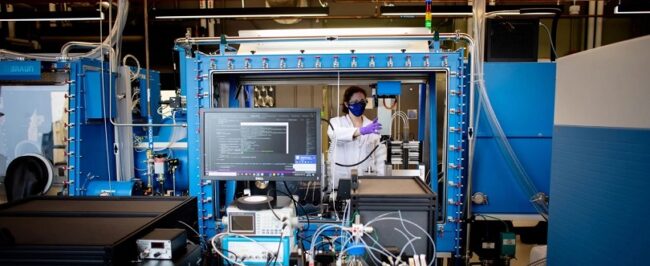
Foundation models for biology
For better or worse, large language model (LLM)-based platforms, such as the chatbot ChatGPT, have given hundreds of millions of users around the world a ‘one stop shop’ for countless tasks, from obtaining information to drafting essays, haikus and software code. The quality of these outputs might vary, but there’s no question that LLMs represent a notable step in the development of more general-purpose AI systems, reported Nature.com.
Small wonder, then, that biologists have grown increasingly excited to harness similar capabilities in their research. Their problem is not a lack of tools, but rather a surfeit. “There’s thousands of models just for small tasks, and lots of computational methods are quite scattered and siloed,” says Bo Wang, a computational biologist at the University of Toronto.
Wang is one of a growing number of scientists who see ‘foundation models’ as a powerful solution. The term describes AI algorithms that go through a pre-training process in which they are fed tremendous amounts of unlabelled data. ChatGPT was trained on a vast corpus of text from the Internet, but this can also be done with genome sequences, gene expression data or patterns of DNA modification, reported Nature.com.
The algorithm generates a generalized model on the basis of complex and subtle patterns in those data; this model can then be used to perform diverse tasks, from interpreting newly acquired data to designing custom proteins or pathways. Charlotte Bunne, a computer scientist at the Swiss Federal Institute of Technology in Lausanne, predicts that as these models mature, they could offer insights into fundamental biological processes and principles.
Early work has yielded powerful proof of concept. In 2024, Wang and his colleagues described scGPT, a foundation model trained on the single-cell transcriptomes of some 33 million human cells generated by researchers at the Chan Zuckerberg Initiative (CZI) in Redwood City, California. This model could accurately classify cell types in diverse tissues, identify networks of genes that collaborate to drive different biological processes and predict the impact of disruptive mutations on gene expression patterns, a valuable capability for drug discovery. “I’ve received a lot of good feedback from pharma companies,” says Wang, reported Nature.com.
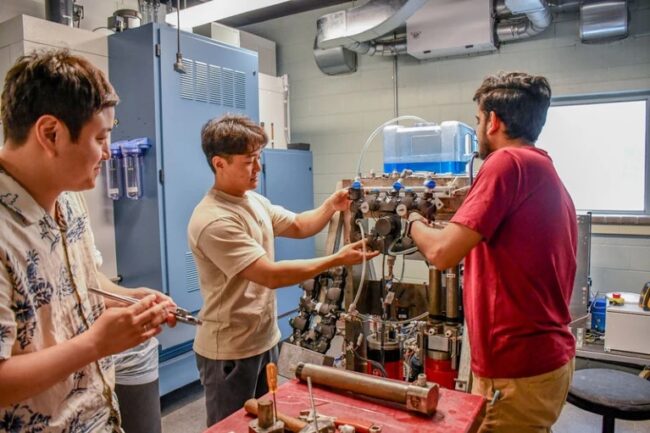
Sustainable urban cooling
Earth is getting hotter, and the world’s richest nations are not doing nearly enough to slow or reverse the process. This harsh reality means that solutions are needed to mitigate soaring temperatures, and the misery and chaos that extreme heat brings, reported Nature.com.
These fixes will be essential for cities, where localized ‘urban heat islands’ can increase ambient temperatures by 5–10 °C over surrounding areas. “Most of the overheating in many cities is because of the very high absorption of solar radiation by the materials” used in urban architecture, explains Matthaios Santamouris, an architecture scholar at the University of New South Wales in Sydney, Australia.
Santamouris and others are developing ‘super-cool materials’ that can lower the heat generated by walls, roofs and other urban surfaces. First-generation ‘radiative cooling’ materials, which reflect solar radiation and emit thermal radiation at wavelengths that can readily pass through the atmosphere and back into space, are in widespread use around the world, Santamouris notes, and new, more efficient solutions are in development, reported Nature.com.
In a field test in Riyadh, Saudi Arabia, last year, for example, Santamouris and his colleagues showed that ‘super-cool photonic materials’ could be combined with other measures to lower ambient temperatures by nearly 5 °C, greatly reducing the energy load needed to cool the city. These solutions won’t break budgets, either, Santamouris estimates that super-cool surfaces cost roughly 10% more than standard facade and roof materials. In comparison, he adds, “the cost of urban overheating in the world is close to $450 billion per year”, as reported by Nature.com.
All Credit To: Nature.com


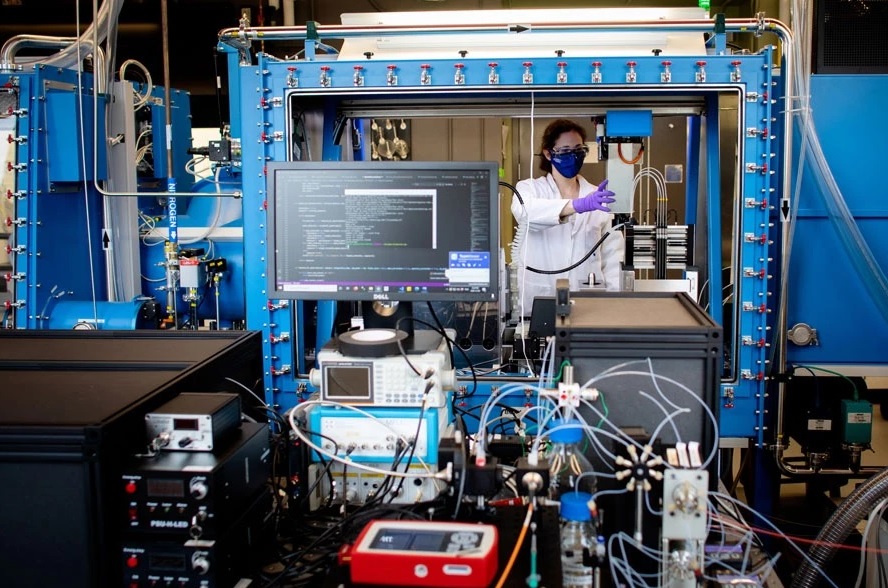
COMMENTS